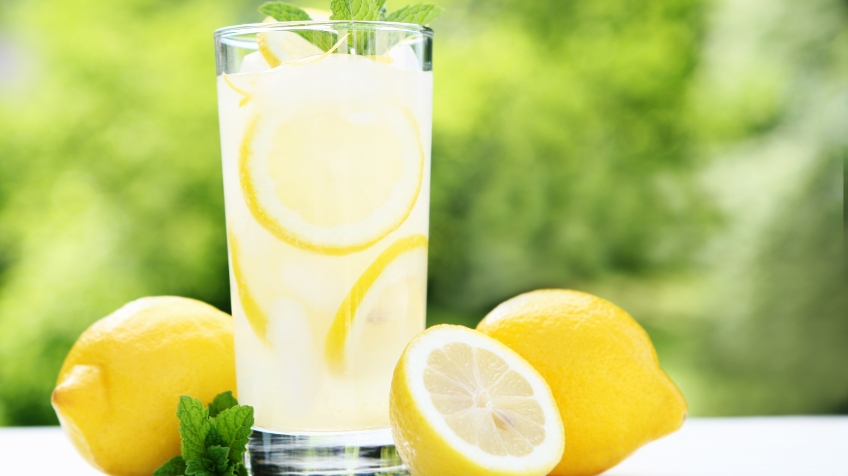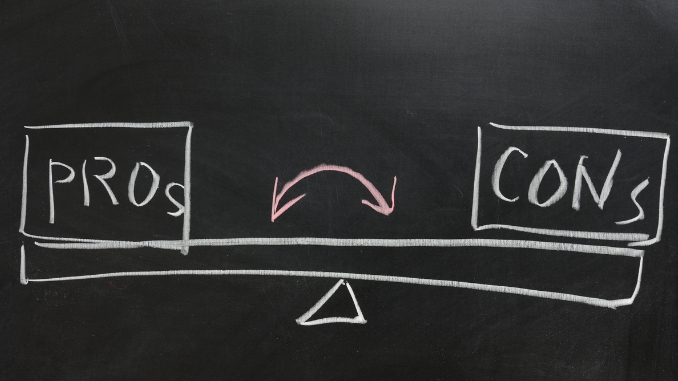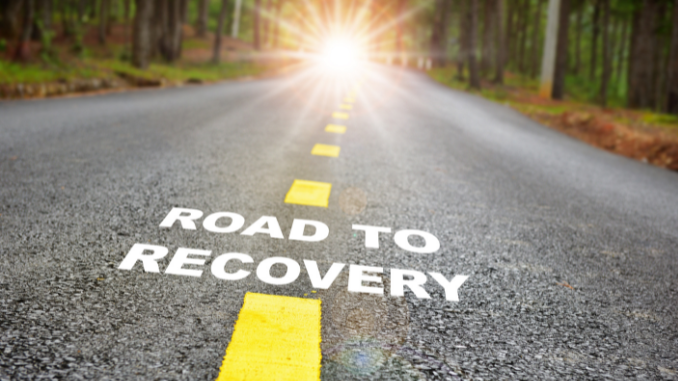The master cleanse diet has been around for decades, capturing attention for its promise of rapid weight loss and detoxification.
But is the master cleanse truly safe, or are there hidden dangers to be aware of?
In this article, we’ll explore what the Master Cleanse is [¹], how it works, how to start it, and its pros and cons, all while referencing real expert opinions to provide a well-rounded perspective on whether the master cleanse is safe.
What is the Master Cleanse

The Master Cleanse, also known as the Lemonade Diet [²], was popularized by Stanley Burroughs in the 1940s.
This liquid-based diet is designed to detoxify the body and promote rapid weight loss.
The cleanse typically lasts 10 days and requires participants to consume a specific lemonade concoction and abstain from solid foods.
How Does the Master Cleanse Work
The core idea behind the master cleanse is to give your digestive system a break while flushing out toxins. The cleanse involves drinking a mixture of water, freshly squeezed lemon juice, maple syrup, and cayenne pepper.
In addition to the lemonade, participants consume a saltwater flush in the morning and an herbal laxative tea in the evening to facilitate waste removal.
Proponents believe this regimen eliminates impurities, improves energy, and jumpstarts weight loss. However, it’s essential to note that the weight lost is often water weight and muscle, not fat.
How Do I Start the Master Cleanse

Starting the Master Cleanse requires preparation. Here are the key steps:
Ease-In Phase
Gradually reduce your intake of solid foods and switch to liquids, such as broths and smoothies, for 2–3 days before beginning the cleanse.
Core Phase
Follow the Master Cleanse’s strict regimen for 10 days. This involves drinking six to twelve glasses of the lemonade mixture daily, staying hydrated with water, and avoiding all solid foods.
Ease-Out Phase
Slowly reintroduce solid foods over a few days, starting with light broths and soups before progressing to fruits and vegetables.
Skipping the preparation or transition phases can lead to severe discomfort and digestive issues.
What Is the Master Cleanse Diet?
The master cleanse diet is more restrictive than traditional diets, consisting only of the following:
Lemonade Drink
A mix of 2 tablespoons of fresh lemon juice, 2 tablespoons of organic maple syrup, a pinch of cayenne pepper, and 10 ounces of water.
Saltwater Flush
A mixture of water and non-iodized salt to be consumed each morning.
Herbal Laxative Tea
Consumed at night to promote bowel movements.
The master cleanse diet is more restrictive than traditional diets, consisting only of the following:
- Lemonade Drink: A mix of 2 tablespoons of fresh lemon juice, 2 tablespoons of organic maple syrup, a pinch of cayenne pepper, and 10 ounces of water.
- Saltwater Flush: A mixture of water and non-iodized salt to be consumed each morning.
- Herbal Laxative Tea: Consumed at night to promote bowel movements.
No solid foods or additional supplements are allowed during the cleanse.
Pros and Cons of the Master Cleans

Pros:
- Quick Weight Loss: Participants often lose 10–20 pounds in just 10 days, though this is typically water weight.
- Improved Digestion (Short-Term): Some report feeling lighter and less bloated during the cleanse.
- Mental Reset: Many use the cleanse as a way to kickstart healthier eating habits post-cleanse.
Cons:
- Nutritional Deficiencies: The diet lacks protein, healthy fats, and essential vitamins, leading to potential deficiencies.
- Muscle Loss: Rapid weight loss can lead to the breakdown of muscle tissue.
- Side Effects: Participants commonly report fatigue, dizziness, nausea, and irritability due to the extreme caloric restriction.
- Short-Lived Results: Most of the weight lost is water weight, which can quickly return after resuming regular eating habits.
- 5- Lack of Scientific Backing: Experts like those from the Academy of Nutrition and Dietetics warn that the cleanse’s detoxification claims lack scientific evidence. The liver and kidneys already detoxify the body effectively.
Dr. Melinda Ratini, DO, MS: Dr. Ratini notes that extreme cleanses like the Master Cleanse can strain the body and lead to nutrient deficiencies, cautioning against long-term use.
Final Thoughts
While the master cleanse may help you lose weight fast by creating a calorie deficit and reducing water weight, its lack of sufficient calories, healthy fats, and other essential nutrients makes it an unsustainable and potentially risky diet plan.
Though some individuals may experience frequent bowel movements and short-term detox effects, the health benefits remain unsupported by scientific evidence.
A more sustainable eating plan with a balanced diet of fruits, vegetables, healthy fats, and adequate protein is essential for long-term weight loss and overall health.
Before considering extreme liquid diets or modified juice fasting regimens, consult a healthcare professional to ensure if the master cleanse is safe for you and to avoid harm to your body.
Feeling tired, bloated, and slow?
Our lifestyles filled with environmental toxins, fast food, and stress have turned our bodies into toxic storage spaces. Check out this 3-Day Body Reset Safe Detox Program now!
Frequently Asked Questions
What happens to the body during the Master Cleanse?
The body undergoes detoxification, which may include symptoms like fatigue, headaches, or irritability as toxins are eliminated, while you consume a lemonade-based drink for nutrients and energy.
How many days to do the Master Cleanse?
Typically, it’s done for 10 days, but durations can vary between 3 to 14 days based on individual goals and tolerance.
What should I eat after Master Cleanse?
Start with light, easily digestible foods like fresh fruit, vegetable soup, or steamed veggies, and gradually reintroduce solid foods over a few days.
What are the hardest days on the Master Cleanse?
The first 2–3 days are often the hardest as your body adjusts to calorie restriction and detoxing.








